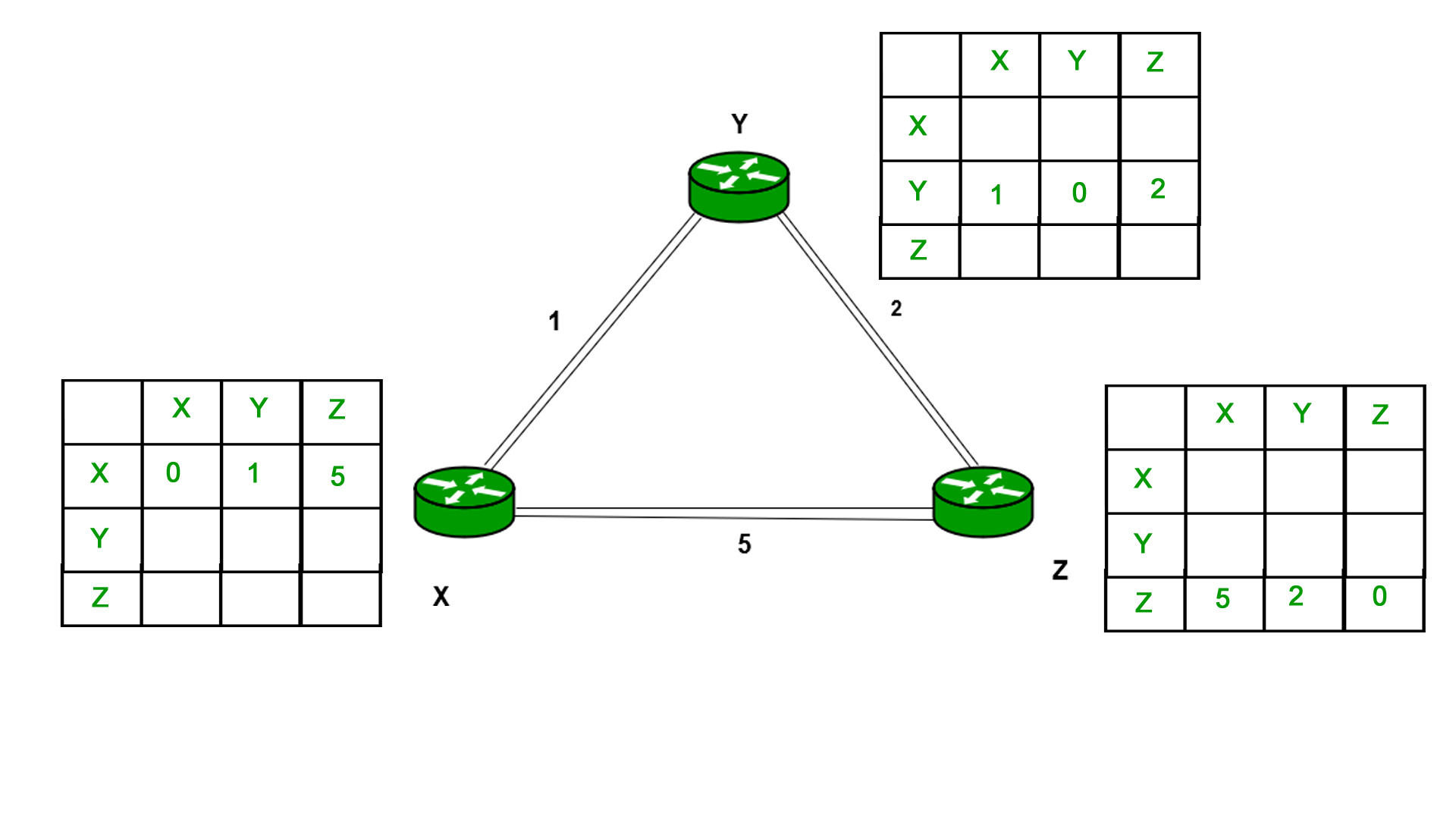
Distance Vector Routing Algorithm and Bellman Ford Algorithm
In the vast and interconnected landscape of computer networks, the Distance Vector Routing Algorithm plays a vital role in guiding data packets through the most efficient paths. This ingenious algorithm ensures that information traverses the digital highways, reaching its intended destination swiftly and securely. In this article, we will delve into the concept of the Distance Vector Routing Algorithm, highlighting the significance of sharing information, updating routing tables, and the ingenious use of the Bellman Ford algorithm.
Understanding Distance Vector Routing Algorithm:
The Distance Vector Routing Algorithm is a dynamic routing technique used in computer networks to determine the best paths for data transmission. Each router in the network maintains a routing table containing information about the distance (cost) and direction to reach all known destinations. These distances are measured based on metrics like hop count, bandwidth, or delay.
Importance of Sharing Information:
In the Distance Vector Routing Algorithm, routers communicate with neighboring routers by exchanging routing information. This process is crucial to keep each router informed about the network’s current state. By sharing information, routers can collectively build a more accurate picture of the network’s topology, enabling them to make informed decisions about the best paths for data transmission.
Updating the Routing Table:
As network conditions change, routers need to adapt and update their routing tables accordingly. When a router receives information from its neighbors, it recalculates the distance to various destinations based on the newly acquired data. If a better path to a destination is found, the routing table is updated with the new information. This continuous process of updating ensures that routers have the most up-to-date information to make routing decisions.
The Use of Bellman Ford Algorithm:
The Bellman Ford algorithm is a fundamental part of the Distance Vector Routing Algorithm. It is used to calculate the shortest path to all destinations in the network from the perspective of a single router. The algorithm iteratively updates the distance to each destination until the most efficient paths are determined. The Bellman Ford algorithm helps routers find the shortest paths without relying on a centralized control system, making it a distributed and scalable solution for large networks.
Advantages of Distance Vector Routing Algorithm:
Simplicity: The Distance Vector Routing Algorithm is relatively simple to implement, making it suitable for smaller networks and less complex routing scenarios.
Decentralization: The algorithm operates in a distributed manner, with each router making independent decisions based on the information shared by its neighbors. This decentralized approach reduces the reliance on a central control system and enhances network scalability.
Adaptability: The algorithm continuously updates routing tables, allowing routers to adapt to changes in network topology, link failures, or varying traffic loads. This adaptability ensures robustness and resilience in the face of network changes.
Conclusion:
The Distance Vector Routing Algorithm stands as a critical pillar in the realm of computer networking, guiding data packets along the most efficient paths to their destinations. Through the exchange of information and constant updates of routing tables, routers collaborate in their collective effort to optimize data transmission. The clever utilization of the Bellman Ford algorithm empowers routers to independently calculate the shortest paths, making the algorithm scalable and adaptable to a diverse range of network topologies. In the ever-expanding digital landscape, the Distance Vector Routing Algorithm continues to navigate the digital highways, ensuring seamless communication and connectivity for users around the globe.